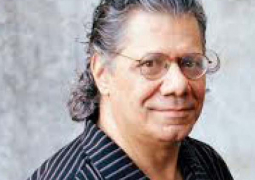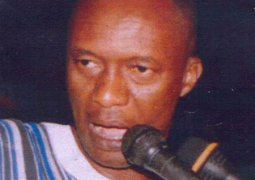“In honour of the week we are drawing the attention of the Government and society to the fact that it is all about recognizing deaf individuals as Primary Visual beings belonging to a linguistic minority (deaf community) and call for sign language to be made available to deaf persons as a birthright,” a statement by GADHOH stated.
This call and the statement hereunder by World Federation of the Deaf present a pertinent message to governments and individuals from the hard of hearing around the world, including our people in The Gambia.
This year, IWD 2015 will take place under the theme: ‘With Sign Language Rights, Our Children Can!’ from 21 to 27 September 2015.
As an extension to the information on the articles 2, 9, 21, 24, 30 of the United Nations Convention on the Rights of Persons with Disabilities (CRPD) about Sign Language and the Deaf community:
With Sign Language Rights, Our Children Can draws upon the principle of basic human rights in relation to (sign) language acquisition at birth. It is about recognising deaf individuals as primary visual beings belonging to a linguistic minority group (deaf community), and calls for sign language to be made available to deaf persons as a birthright. As stipulated in Article 24 Section 3b of the CRPD, governments are obligated to facilitate the learning of sign language and the promotion of the linguistic identity of the deaf community.
With Sign Language Rights, Our Children Can considers sign language as a valid linguistic means of conveying thoughts, ideas and emotions. This fact has been accepted and enacted into Article 2 of the CRPD, which defines sign languages as equal to spoken languages. As such, acquiring Sign Language shall not be considered as the last resort, least desirable or temporary option for deaf children.
With Sign Language Rights, Our Children Can stresses that the use of sign language does not hinder the learning of a spoken language, and that literacy and language does not equal speech and communication. Language development must precede everything else, and that speech development can occur later. Conversely, early speech development alone will not guarantee language and literacy skills. The brain, without adequate stimulation during the critical learning years, ages 0-3, may atrophy as much as 30%. In fact, hearing babies whose parents use sign language have a head start in communicating with their parents. Due to insufficient family and community support during this critical learning period, deaf children are needlessly found to be stalled in language acquisition when commencing formal schooling. Therefore, it is of utmost importance for deaf children to be able to use sign language at an early age, and in all areas of life.
“I was born deaf. I was raised in a hearing world and in a deaf world at the same time. I can’t say that I like one better than I like the other. I like them both. I speak pretty well; I gesture. If I don’t understand something, you know, pen and paper, texting. I use it all.”
Sean Berdy




